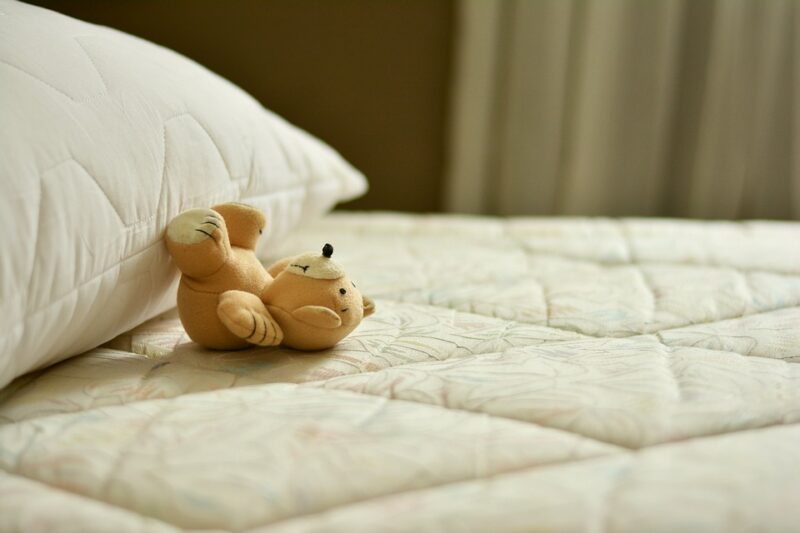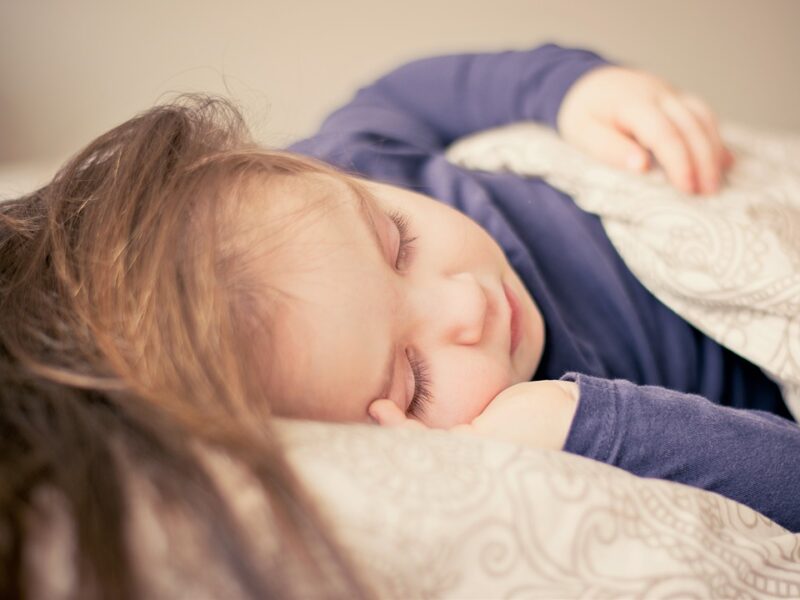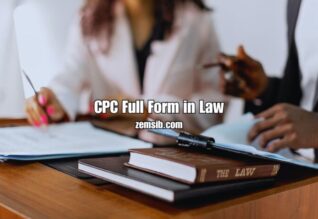The sleeping environment is essential for the health of adults, as well as infants and you, should be careful in selecting the proper mattress for your baby. While comfort during sleep ranks high in mattress selection, the health aspects accompanying with it are no less important. Pay attention to the quality of material used for making mattresses to be sure that it supports the health of the mother as well as the child. An easier way is to buy only quality mattress by referring to the top 10 best mattresses listed in the leading mattress review websites. Some of the reviews bases on the actual user experience as the reviewers sleep on the mattresses to get the exact feel and understanding instead of relying on the information made available by the manufacturers.

Chances of poisoning for babies
Mattresses can often become the potential source of poisoning for babies when they sleep. Researchers have found that mattresses release significant amounts of VOC (volatile organic chemicals) like what we experience with several other consumer products. Exposure to toxic gases for babies sleeping on crib mattresses is quite possible as the foam padding emits potentially harmful chemicals like the ones found in household cleaners. Parents, especially mothers should take note of the threat to babies arising from mattresses and takes steps in minimizing the risks by airing the mattresses properly. Extended airing out period could reduce exposures of VOC for infants.
The concern for indoor air quality
As infants spend almost 50% to 60% of the time sleeping on mattresses, parents have to take extra care to ensure that they enjoy healthy sleeping. Moreover, infants are more vulnerable to the adverse health effects arising from the exposure to indoor air pollutants. Therefore, in addition to comfort, the health issues arising from crib mattresses should be the foremost consideration. Since most crib mattresses use polyester foam and polyurethane foam, the researchers focused on these items to understand the level of emissions and study the effect of chemicals on infants. They evaluated twenty samples of mattresses from ten manufacturers from both new and old crib mattresses.
What the research revealed
Although the manufacturers might mention about some chemicals that the mattresses could emit, the researchers felt that the list might not be comprehensive enough. There could be some other chemicals beyond the list, which needed identification, and this motivated the research. The results of the research showed that new mattresses emitted 87.1 micrograms of VOC in an hour across one square meter while for old mattresses the rate was almost a quarter at 22.1 micrograms per square meter in an hour. Phenol, linalool and neodecanoic acid were among the thirty VOCs identified. Limonene, the chemical most abundantly available in the crib mattress foam that gives off a lemon scent is found in many cleaners and consumer products.
The positive aspect of the research is that the chemical levels are not yet alarming and an extended airing-out period and reuse of older crib mattresses would further reduce the risks.
Author Bio: Silvia Watson is a freelance content writer. She has written many good and informative articles on different categories such as technology, health, fashion, career, travel etc. She is a featured author at various authoritative blogs in the health and fitness industry and currently associated as a blogger with http://www.memoryfoamtalk.com
















